In my Chatfuel block I collect a {{user input}} and POST a JSON in a Zapier webhook. So far so good. After that, my local Pyhon reads this JSON from Zapier storage successfully
url = 'https://store.zapier.com/api/records?secret=password'
response = urllib.request.urlopen(url).read().decode('utf-8')
data = json.loads(response)
and analyze it generating another JSON as output:
json0={
"messages": [
{"text": analysis_output}]
}
Then Python3 posts this JSON in a GET webhook in Zapier:
import requests
r = requests.post('https://hooks.zapier.com/hooks/catch/2843360/8sx1xl/', json=json0)
r.status_code
Zapier Webhook successfully gets the JSON and sends it to Storage.
Key-Value pairs are set and then Chatfuel tries to read from storage:
GET https://store.zapier.com/api/records?secret=password2
But the JSON structure obtained is wrong, what was verified with this code:
url = 'https://store.zapier.com/api/records?secret=password2'
response = urllib.request.urlopen(url).read().decode('utf-8')
data = json.loads(response)
data
that returns:
{'messages': "text: Didn't know I could order several items"}
when the right one for Chatfuel to work should be:
{'messages': [{"text: Didn't know I could order several items"}]}
That is, there are two mais problems:
1) There is a missing " { [ " in the JSON
2) The JSON is appending new information to the existing one, instead of generating a brand new JSON, what cause the JSON to have 5 different parts.
I am looking for possible solutions for this issue.




